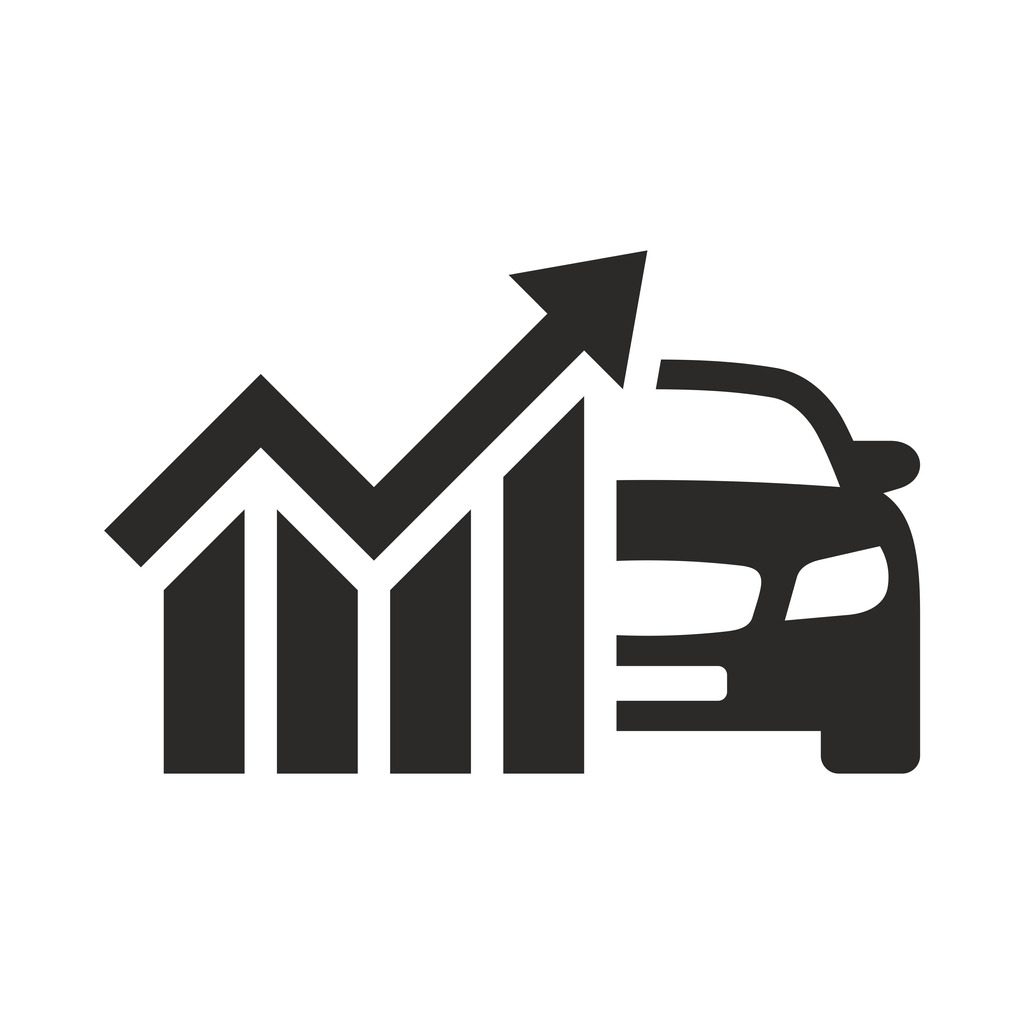Ontario auto: The impact of inflation on rate increases

Financial Services Regulatory Authority of Ontario’s (FSRA) recent approval of auto insurance rate increases for several insurers signals inflation may finally be making its way into the world of auto insurance prices, according to rate comparison site Ratesdotca.
“Currently, FSRA is observing that several factors are driving costs up, including inflation and people driving more,” the regulator said on its website. “FRSA will continue to actively monitor these conditions and the possible impacts on rates.”
After two years of pandemic-related rebates, Ontario drivers are likely to see increases in their auto insurance premiums, Ratesdotca reported.
From June until as recently as Sept. 15, FRSA approved rate increases for several insurers. The highest approved increase in the second quarter was 10.37% for Zenith Insurance Company. Pafco Insurance Company (part of Allstate) saw a 5% approval, while FRSA approved a 3.44% increase for Intact Insurance Company. (Insurers seeking approval for an increase above 5% must undergo a more arduous process.)
On the flip side, some insurers saw no rate increase, or a small one (0.03% for CUMIS General Insurance Company (part of Co-operators) and 1.17% for Aviva General Insurance Company).
Still, while inflation has had a “significant effect” on Ontario home insurance rates — which have increased by about 10% since fall of 2021 — it has been slower to catch up to the auto insurance industry, Ratesdotca noted.
iStock.com/baona
“Given the rate of inflation and supply chain issues pushing up the cost of claims combined with Canadians returning to the roads as pandemic restrictions eased, these rate increases aren’t unexpected,” said Tanisha Kishan, a Ratesdotca insurance expert and chartered insurance professional. “Many drivers can expect to see their rates increase at their next renewal. Now is the time to have a conversation with your broker about your options.”
Ratesdotca recommends that consumers compare auto insurance rates if their policy is up for renewal to see if they can find a lower price.
From FRSA’s perspective, there are three main market conditions currently affecting auto rates:
Inflation
Physical damage costs
Drivers on the road
Although inflation has “cooled” to 7% in August from 8.1% in June 2022, it is still having an impact on items such as auto parts, FRSA reported. “Your premium is affected by the increase in the price of goods and services over time. Insurers adjust premiums based on the expected cost of covering future auto insurance claims.”
New technology has also increased the cost of fixing vehicles. In the past five years, physical damage costs per claim increased by 22.5% and continues to increase at the speed of 7.4% per year, FSRA said. Increased vehicle theft activities are also a driver of higher physical damage claims, with the number of theft claims increasing by 40% over the past five years.
The third market factor is the change in driving patterns. For example, more cars on the road result in more collisions and higher claims costs. The latest cellphone mobility data shows Ontarians’ driving behaviour is now trending towards pre-pandemic levels. In fact, 2021 even saw a 2% increase in the number of insured vehicles in Ontario compared to 2020, FSRA reported.
“The reality is: auto insurance rates in Ontario are going up,” Ratesdotca said. “If you are with an insurance company that got approved for a rate hike, be prepared for a higher rate when your policy renews. While it doesn’t mean that your rate will increase by the same percentage your insurance provider got approved for, you can expect your premium to rise as a result.”
Feature image by iStock.com/Janis Abolins




